Top 10: greatest Fords of all time
Blue Oval greats
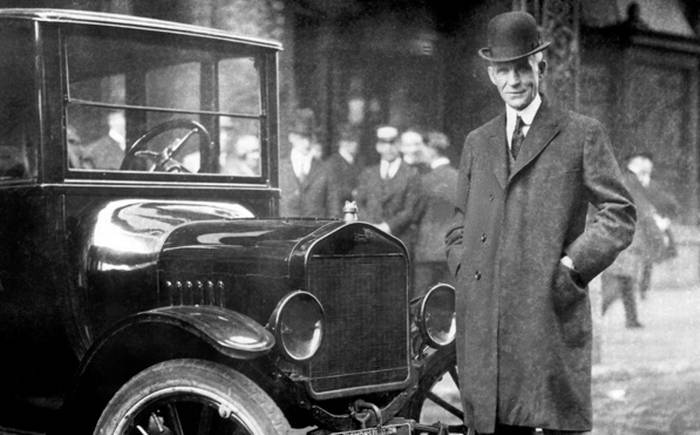
AS LEGACIES go, it’s hard to beat that of Ford Motor Company founder Henry Ford. Credited with inventing the vehicle assembly line, treating ‒ and paying ‒ his employees fairly, and for bringing motoring to the masses with the dependable and affordable Model T, Ford’s impact on not only the car industry but also the wider world has been immense.
His company’s cars have been on the whole very good, too, with some truly exceptional examples coming off his production lines over the years. As the company celebrates, this week, the 150 anniversary of the birth of its founder, we take a look at 10 of the greatest Fords ever made (in no particular order).
Ford Model T
Years 1908-1927
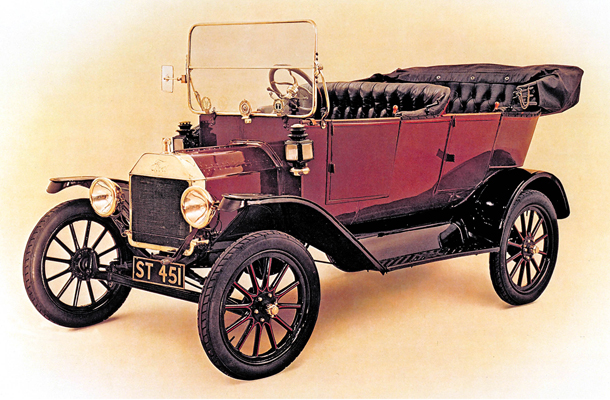
Ford hit the big time with the Model T. Although the average American worker in 1908 earned just $200-$400 per year, the model’s $825 launch price was considered affordable compared with other cars of the day, and prices came down as volumes went up. The Model T was also sturdy and dependable, and fairly simple to fix if something did go wrong, making it an ideal workhorse for rural business owners. More than 15m “Tin Lizzies”, as they were known, rolled off the newly conceived assembly line in its 19-year production run.
Did you know? Henry Ford bought his wife Clara a Detroit Electric, an early electric car, for shopping trips rather than giving her a Model T as it was, according to The Ford Dynasty, by James Brough, “too much for her to handle”.
Ford Thunderbird
Years 1955-2005 (non-continuous)
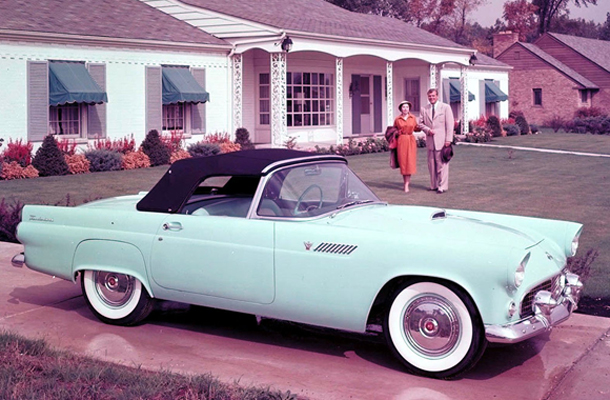
The Thunderbird of 1955 was the answer to the gorgeous Corvette sports car, which had been introduced two years earlier by bitter rival General Motors. The more powerful Corvette sold well but the Thunderbird, with its less aggressive styling and more sumptuous interior, eventually shifted in much greater volumes (23 to one, in fact). Subsequent generations of the Thunderbird arguably lost their way in terms of styling, particularly through the 1970s and ’80s, and production was curtailed with the 10 generation in 1996. The car made a brief return between 2002 and 2005 but the less said about the 11 generation, the better.
Did you know? Other names suggested included Apache, Falcon, Eagle, Tropicale, Hawaiian and Thunderbolt.
Ford Mustang
Years 1964-present
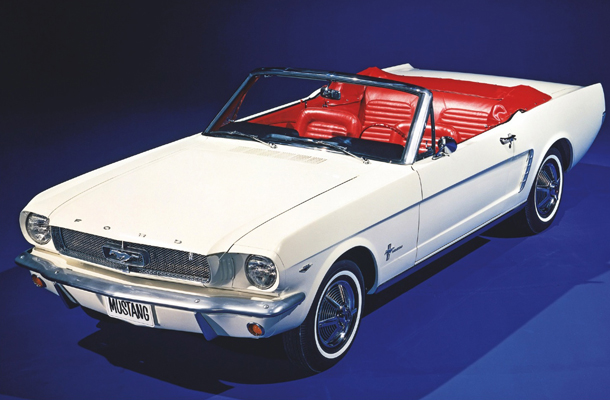
The Mustang has become more than just a car over its near 50-year history. The quintessential American muscle car, its star status was boosted in films such as Goldfinger and Bullitt alongside cool men Sean Connery and Steve McQueen. But its winning appeal was no accident; it was the result of detailed study of the car market and buyer demographics, which revealed the 1960s would be filled with teenage drivers. Ford delivered a car with power, noise, excitement and a great body, all at an affordable price of $2,400. There have now been five generations of the Ford Mustang but the early examples, particularly the Shelby-tuned versions, are still the most desirable.
Did you know? The Mustang created the “pony car” category – sports coupés with long bonnets and short rear ends. GM and Chrysler soon followed with the Chevrolet Camaro and Dodge Challenge.
Ford GT40
Years 1964-1969
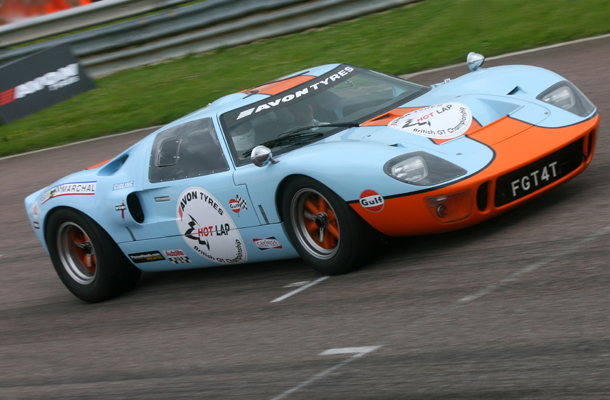
Ford’s greatest-ever race car came about as a result of the breakdown of 10 days’ talks to buy out Ferrari during a time when racing, and winning, endurance races was top of Ford’s agenda. After the snub from Italy, Ford formed its own engineering team using know-how from British outfit Lola, and created the GT40 based on the Lola Mk 6. The Mk 1 GT40 was dogged with a stability problem and reliability issues but Carroll Shelby took control of its development. The 7-litre, 485bhp Mk 2 GT40 was sublime, scoring a 1-2-3 finish ahead of Porsche at the 1966 Le Mans 24 hours, the holy grail of endurance racing. Faced with eight Ford GT40 entries that year, Ferrari had sent just two works cars to the race, both of which retired.
Did you know? The “40” in GT40 refers to the car’s overall height – 40 inches, as designated by the rules of Le Mans.
Ford Escort (Europe)
Years 1968-2002
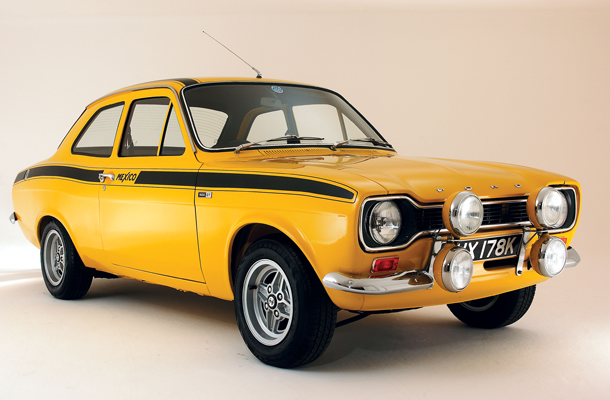
Brought in to replace the popular Ford Anglia, the original Escort of 1968 was front-engined and rear-wheel drive, a set-up that flew in the face of the front-wheel drive specification that was becoming increasingly popular among Ford’s family car rivals. The Escort Mk 1, with its Detroit-inspired “Coke bottle” waistline and “dogbone” shaped front grille was an instant hit with motoring correspondents and the public alike. They were also popular competition cars, too, and success for the 1600cc Escort Mexico of 1970 and the Escort RS2000 helped fuel a desire for “Fast Fords” among general car buyers that continues today. The Escort was discontinued in 2000 (although a few specials were built through to 2002) after five generations. The Escort sold more than 4m examples in the UK alone.
Did you know? The Escort’s name nearly changed to “Erika” in 1980, with the introduction of the Mk 3. It was a codename for the car taken from the name of the leader of the planning team, Erick A. Reickert.
Ford Transit
Years 1965-present
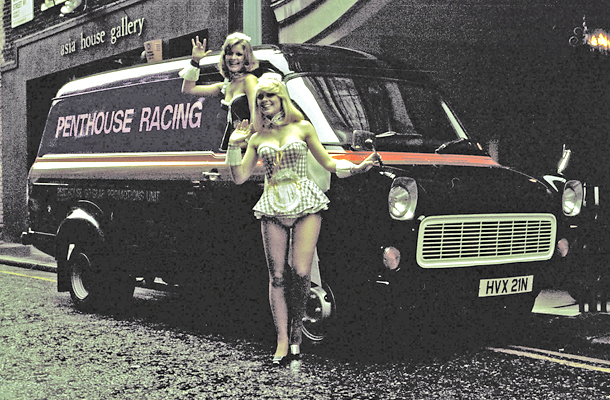
The significance of the Ford Transit cannot be overstated. At some point in our lives, most Britons have ridden in one, if not driven one. From company workhorse to rented personal load-lugger allowing students to move between digs without having to fork out for paid help: it’s done it all. They have also appeared in numerous forms: ambulances, fire engines, breakdown vehicles, police vans and as the getaway vehicle of choice for many a crook. It is also the third biggest-selling Ford in the UK, behind the Fiesta and the Focus, and currently holds a 34.6% share of its market, selling more than four times the number of its next four rivals combined.
Did you know? Ford created the Transit Supervan in 1971. With a GT40 chassis and a mid-mounted 400bhp 5-litre GT40 V8 engine, its top speed was 150 mph. Ford has built two further evolutions of the Supervan and the Mk 3 was seen recently at the Goodwood Festival of Speed. For more Supervans, click here.
Ford Crown Victoria
Years 1979-2012
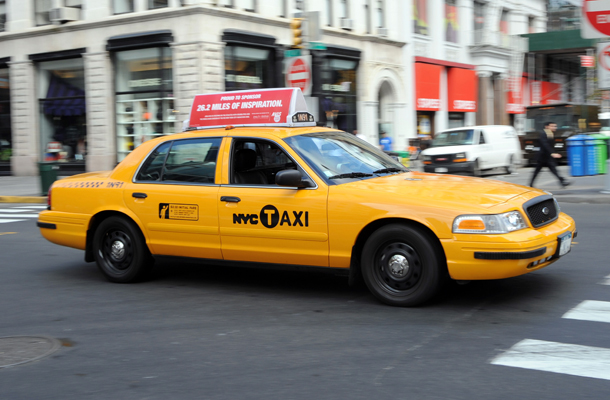
If you’ve ever ridden in a New York yellow cab or had the dubious distinction of having been stopped by the US highway patrol, you’ll know the Ford Crown Victoria. Its popularity with both cabbies and law enforcers was down to its reputation as one of the toughest cars on US roads. Its V8 engines were big, though not massively powerful for their size, but the car’s proliferation and recognition as a part of US street furniture meant that the end of its production was a sad day for many. We suspect the Nissan NV200, New York’s replacement yellow cab, may not be bestowed with the same beloved status.
Did you know? The Crown Victoria name was first used on a two-door, six-seater Ford Fairlane between 1955 and 1956.
Ford F-series truck
Years 1948-present
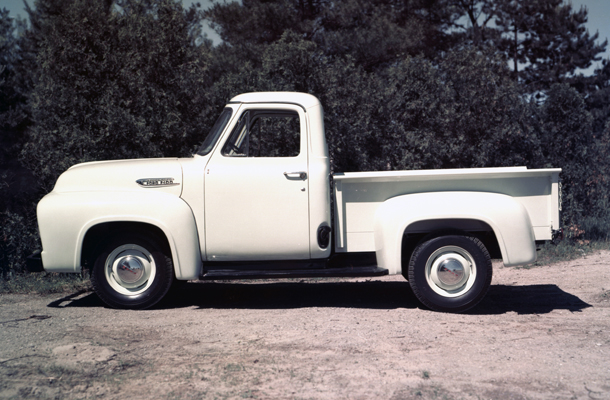
The F-series has been the best-selling truck in the US for 34 years and, incredibly, the best-selling vehicle, full stop, for 24 years. The first and second generations are instantly recognisable, even to us Brits. Its wide wheel arches and rounded edges are classic Americana.
Did you know? The F-series has appeared in hundreds of films over the years, including Field of Dreams, Every Which Way But Loose and Gran Torino.
Ford RS200
Years 1984-1986
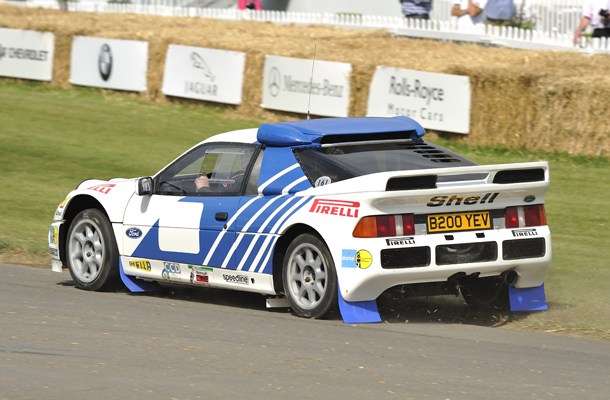
The Ford RS200 is considered one of the greatest rally cars never to have had a proper bite at the special stage cherry. Created for the Group B rally regulations of the early 1980s, which placed few restrictions on vehicle manufacturers, the RS200 feature a mid-mounted, turbocharged 1.8-litre engine producing 380bhp. Its lightweight construction and four-wheel drive set-up meant it was fast on any surface. However, while the prototype was announced in 1984, it only entered production in 1986. There was disaster in its first campaign year when an RS200 careered off the course at the 1986 Rally of Portugal, killing three spectators. Then, Henri Toivonen and Sergio Cresto died in an accident in a Lancia at the Tour de Corse that same year, leading Group B cars to be banned from 1987.
Did you know? Rather than scrap the production run after Group B was canned, for financial reasons Ford was forced to convert the RS200s into Ghia-spec road cars and put them on sale to the public.
Ford GT
Years 2004-2006
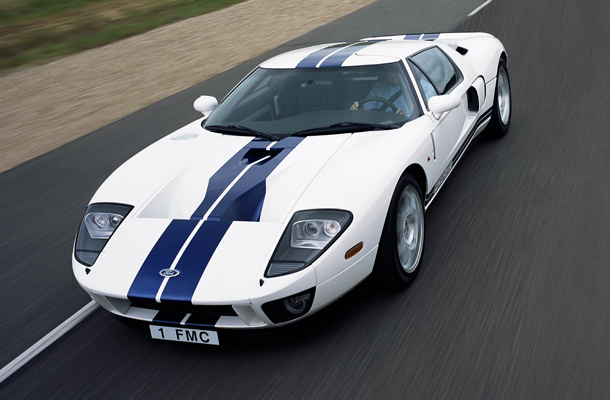
Reviving the GT40 as a production supercar was a brave move by Ford, but the company managed to pull it off with style. Closely resembling the original racer and featuring a mid-engined, rear-drive layout, the revised car was, crucially, three inches taller than the car it evoked, hence the absence of “40” from its name. It was also longer and wider, and under the skin the two generations were very different. But it was fast. The 5.4-litre supercharged V8 allowed a 0-60mph sprint in 3.2sec and a top speed five miles per hour above the hallowed 200mph threshold. It was too wide for UK roads, though, and its pitiful fuel consumption and small tank meant regular refuelling was required. But most enthusiasts didn’t care about such quibbles; the GT was a fiercely good supercar.
Did you know? Jeremy Clarkson was such a fan of the Ford GT when he test drove it, he bought his own. However, he soon sold it after a persistent fault with the alarm, immobiliser and tracker system. Read his review here.
Is your favourite Ford not on our list? Tell us about it on our Facebook page
Buy a quality used Ford on Driving.co.uk
Small cars Ford Fiesta / Ford Ka / Ford Streetka
Family cars Ford Escort / Ford Focus / Ford Mondeo / Ford Fusion
MPVs Ford B-Max / Ford C-Max / Ford Galaxy / Ford S-Max
SUVs & trucks Ford Kuga / Ford Ranger
Vans Ford Transit / Ford Transit Connect




